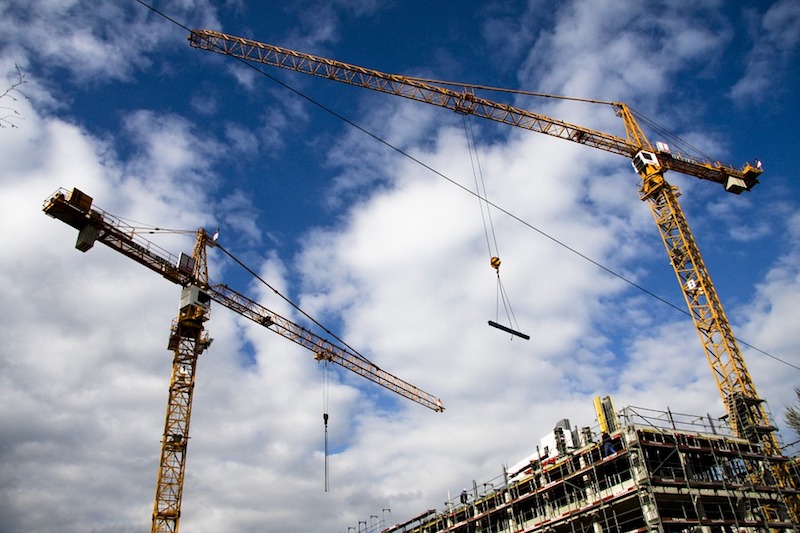The average time taken to resolve construction disputes in North America increased to an average of 17.7 months in 2017, an increase of two months from 2016, according to a report released by Arcadis.
Length of disputes in the region far exceeded the global average, the report says. Globally, the length of time to resolve disputes stood at 14.8 months, a one month increase over 2016.
The average value of North American disputes decreased to US $19M in 2017 from $21M in 2016. Globally, the figure stood at US $43.4M, up from $32.5M in 2016.
“Failure to properly administer the contract” remained the most common cause of construction disputes globally, and “errors and/or omissions in the contract documentation” remained the most common cause in North America. With positive economic drivers and larger and more complex projects anticipated this year, there is a critical need to embrace more sophisticated risk management and claims avoidance techniques, including leveraging digitalization, Arcadis says.
Related Stories
| Mar 15, 2012
Construction industry a big winner in federal small disadvantaged business procurement
Last year, only 5% of federal contract dollars went to small disadvantaged businesses. Construction and facilities support firms were the biggest beneficiaries.
| Mar 15, 2012
ANSI approves new fall protection standards
The American National Standards Institute (ANSI) has approved two American Society of Safety Engineers' (ASSE) standards addressing fall protection.
| Mar 8, 2012
Engineering innovation provides new option for meeting seismic codes in skyscrapers
Two University of Toronto engineers have developed “viscoelastic-energy-dissipating dampers” to replace many of the heavy concrete beams used in tall structures.
| Mar 8, 2012
CSI webinar on building code compliance March 22
A March 22 webinar will provide an overview of a 28-step process during the design of a building to ensure compliance with building codes.
| Mar 8, 2012
Federal silica dust rule caught in bureaucratic limbo
A federal rule meant to protect the lungs of workers has been caught in bureaucratic purgatory for more than a year.
| Mar 8, 2012
New LEED-EBOM rating has requirements for specific project types
Several key changes are proposed for the LEED-EBOM Rating System in 2012.
| Mar 8, 2012
Green buildings more resilient than conventionally built structures
A new study by the U.S. Green Building Council (USGBC) and the University of Michigan’s Taubman College of Architecture and Urban Planning suggests that structures built to green standards can advance building resiliency.
| Mar 1, 2012
LEED Platinum standard likely to mean net-zero energy by 2018
As LEED standards continue to rise, the top level, LEED Platinum, will likely mean net-zero energy construction by 2018.















